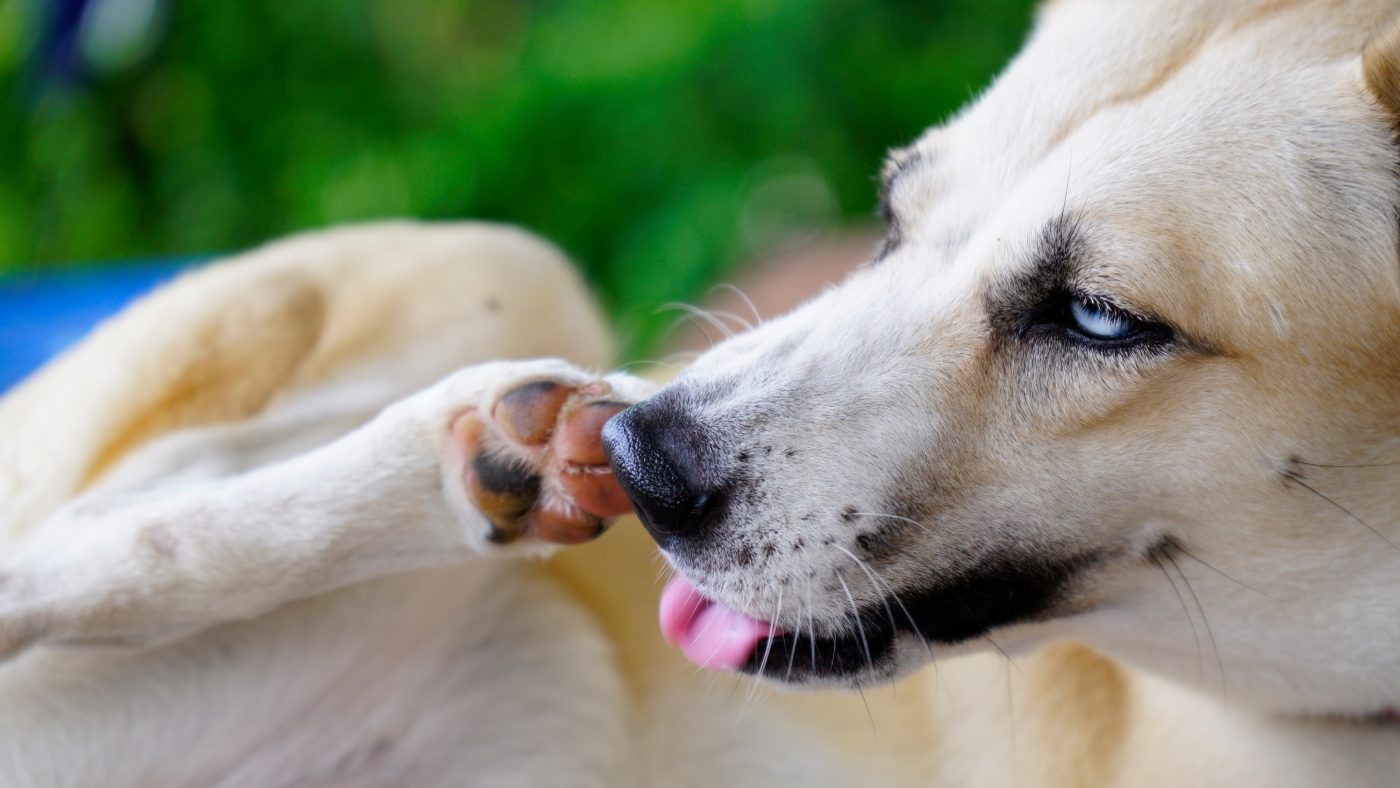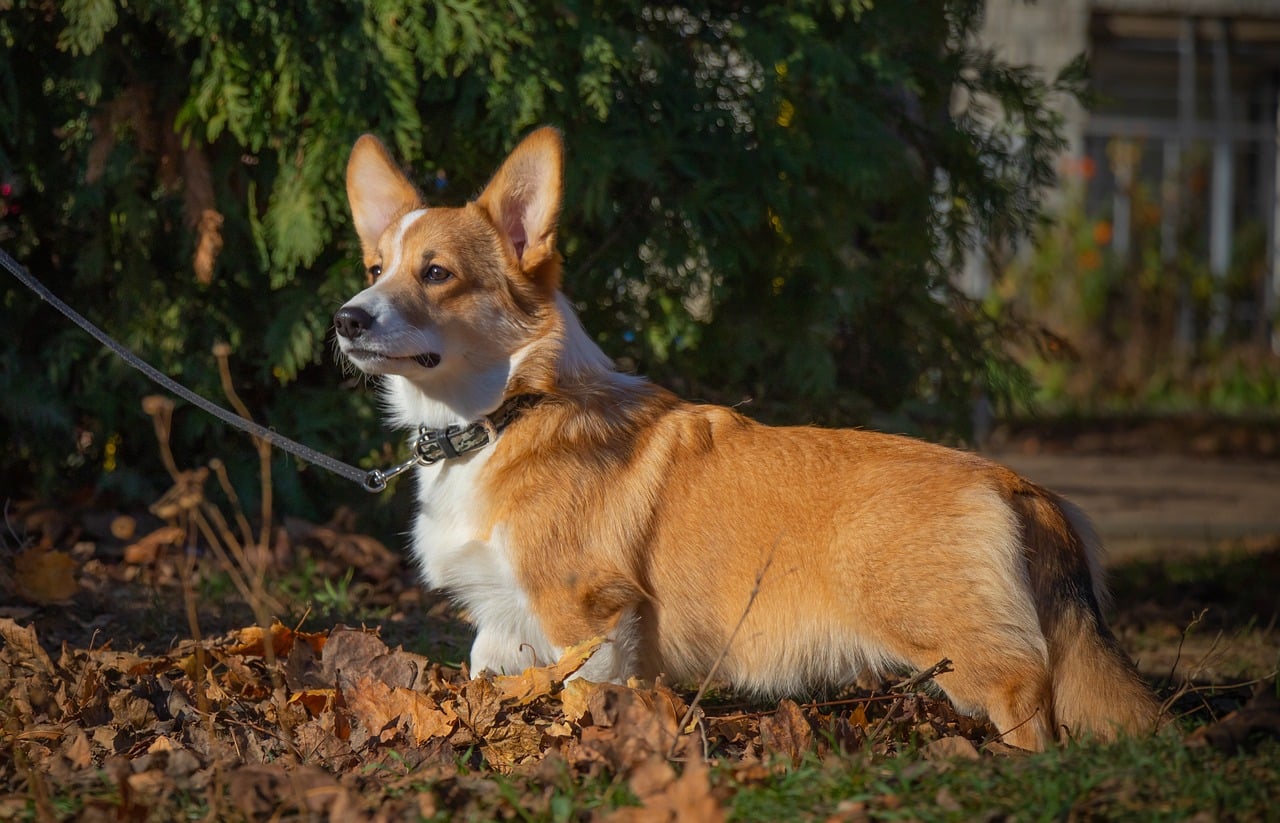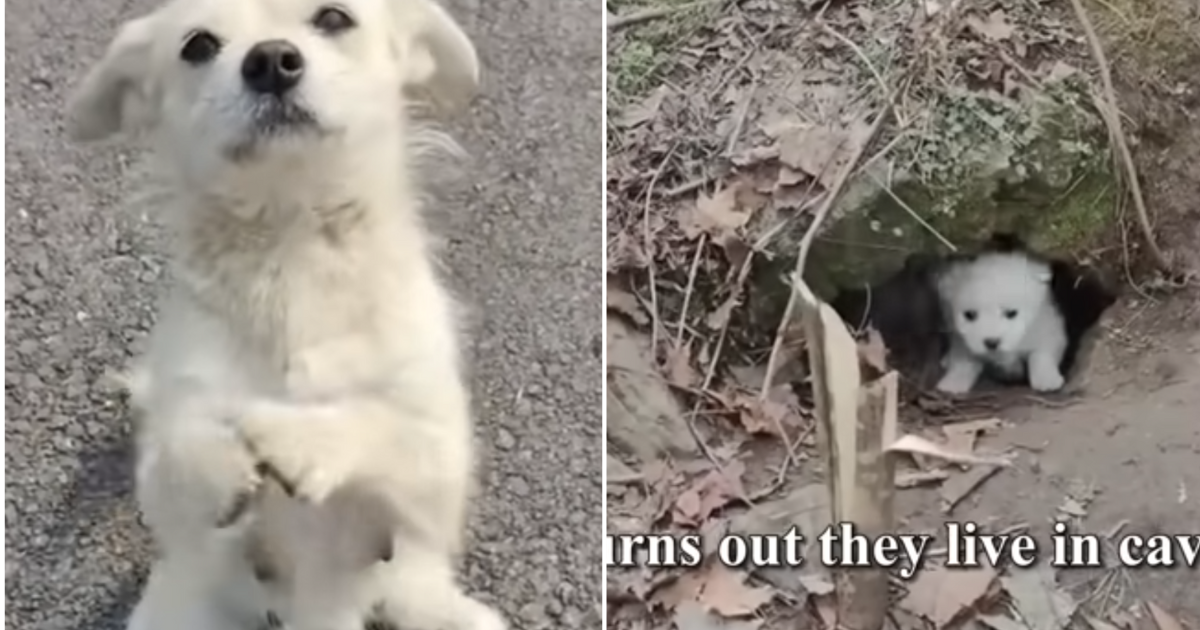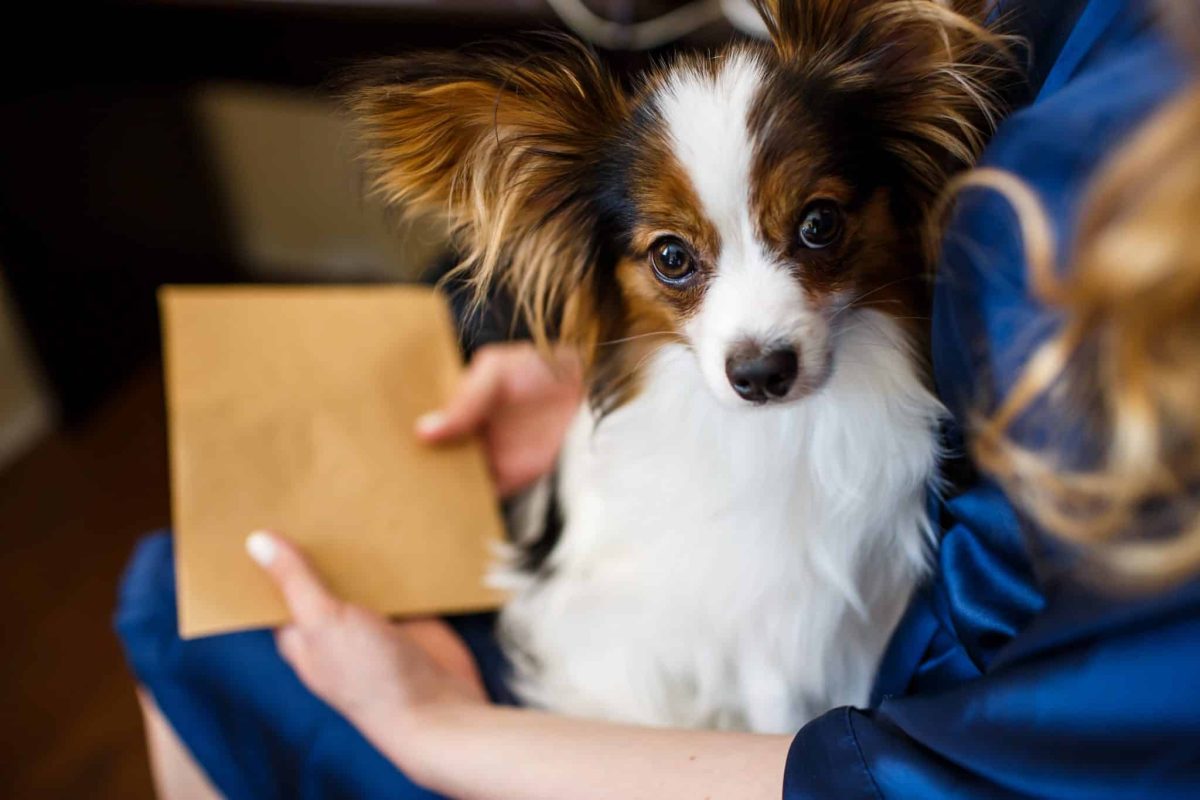 Shutterstock
Shutterstock
Dogs can’t say, “Hey, I’m stressed,” but they have plenty of ways to show it—if you know what to look for. Anxiety isn’t always obvious, and some of the most telling signs are so subtle they go unnoticed. If left unchecked, stress can lead to behavioral issues, destructive habits, and even health problems. Whether it’s separation anxiety, fear of loud noises, or a change in routine, your pup relies on you to recognize the signs. Watch for these silent indicators and help your furry friend feel safe and secure.
Excessive Licking or Chewing
 Shutterstock
Shutterstock
A little self-grooming is normal, but anxiety might be the culprit if your dog is constantly licking their paws, chewing their tail, or gnawing at their skin. Dogs use licking as a way to self-soothe, much like a nervous habit in humans. It releases endorphins that temporarily calm them down, but too much can lead to irritation or even infections. If your dog is obsessively licking one spot, try redirecting their attention with a chew toy or giving them extra comfort.
Sudden Yawning and Lip Licking
 Shutterstock
Shutterstock
Yawning doesn’t always mean your dog is sleepy—it can also be a sign of stress. Dogs yawn when they’re anxious as a way to release tension. Lip licking is another subtle clue, especially if there’s no food around. If you notice your pup doing both, especially in unfamiliar situations, they might feel overwhelmed. Giving them space, using a calm voice, and offering a reassuring pet can help ease their nerves.
Pacing or Restlessness
 Shutterstock
Shutterstock
Ever notice your dog walking back and forth like they’re debating a major life decision? Pacing is a classic sign of anxiety. Whether they’re circling the room, walking in and out of the same space, or constantly repositioning themselves, it usually means they’re unsettled. Dogs pace when they’re unsure about something in their environment or when they’re anticipating a stressful event. If your pup can’t seem to relax, try engaging them in a gentle game or offering a cozy, quiet spot to unwind.
 Shutterstock
Shutterstock
Dogs that are feeling anxious often avoid direct eye contact. Instead of looking at you normally, they might glance sideways, keep their head lowered, or even turn completely away. This isn’t because they’re stubborn—it’s a way of saying, “I’m uncomfortable, please don’t push me.” If your dog is doing this, try not to force interactions. Instead, give them some space and speak to them in a calm, reassuring tone.
Tucked Tail or Stiff Posture
 Shutterstock
Shutterstock
A wagging tail usually means happiness, but a tucked tail? That’s a different story. When a dog is feeling anxious, they often tuck their tail between their legs or hold them stiffly against their body. This is how they make themselves appear smaller, almost as if they’re trying to disappear. If your dog’s body seems tense, crouched, or overly rigid, they might feel nervous. Sitting quietly with them and using slow, soothing strokes can help them feel more secure.
Sudden Destructive Behavior
 Shutterstock
Shutterstock
If your normally well-behaved dog suddenly turns into a chew monster, anxiety might be the reason. Dogs that feel stressed often take their frustration out on furniture, shoes, or anything else they can sink their teeth into. This is especially common in dogs with separation anxiety who panic when left alone. Providing interactive toys, leaving on calming music, or using puzzle feeders can help keep their minds occupied and ease their stress.
Increased Shedding or Dandruff
 Shutterstock
Shutterstock
Stress doesn’t just affect a dog’s mind—it affects their body, too. Anxious dogs may shed more than usual, even if it’s not their regular shedding season. Some dogs also develop flaky skin or dandruff when they’re stressed. If you notice tufts of fur all over your furniture or flakes appearing in their coat, consider whether something in their environment might be causing anxiety. A balanced diet, regular brushing, and stress-reducing activities can help manage these physical symptoms.
Sudden Whining or Silent Staring
 Shutterstock
Shutterstock
Not all anxious dogs bark or whimper—some just sit there, staring at you with wide, uncertain eyes. If your dog suddenly becomes extra clingy or lets out soft, persistent whines, they might feel uneasy. Silent staring, especially with a worried expression, is another way dogs communicate their discomfort. Offering a calming presence, gentle reassurance, or engaging them in a simple activity can help distract them from whatever is troubling them.
Loss of Interest in Play or Treats
 Shutterstock
Shutterstock
A dog suddenly losing interest in their favorite toy or ignoring a treat they usually go crazy for could be dealing with stress. Anxiety can cause dogs to withdraw, making them less enthusiastic about activities they usually enjoy. If your dog seems disinterested or disengaged, encourage them with positive reinforcement and interactive play. Sometimes, just spending quiet time together can be the best way to help them feel at ease.
The Tail-End of Anxiety
 MidJourney
MidJourney
Dogs can’t sit down and talk about their problems, but they show stress in ways that are easy to miss. Their anxiety signals are often subtle, making it tricky to spot when something’s wrong. While it’s tough to see your pup feeling anxious, the good news is that you can help. Creating a calm environment, offering gentle reassurance, and spending quality time together can make a big difference. So, if your dog is yawning excessively, licking their lips, or pacing, don’t ignore it—they’re counting on you to help them feel safe.

 3 weeks ago
18
3 weeks ago
18


















 English (US) ·
English (US) ·